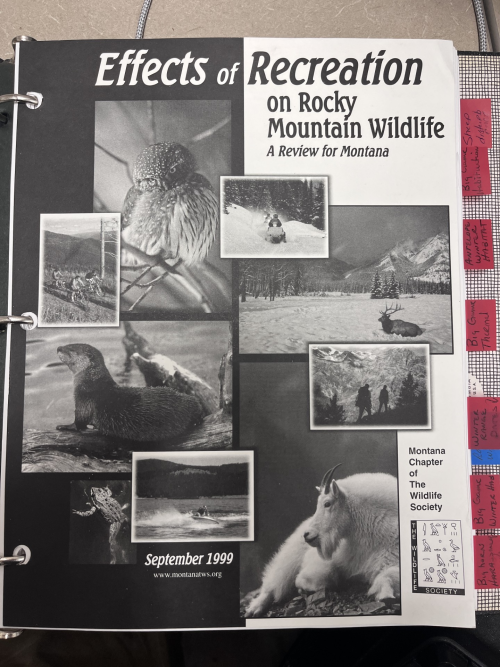antlerradar
Well-known member
The proposals that results in big reductions in revenue are the ones that FWP are not going to listen to. Dialing back technology is a bad choice for many hunters, maybe not for FWP if license sales don't slip much.Copy that. I’m not innocent either. My point is that @Eric Albus suggestion that we limit rifles to one weekend and then primitive muzzle loaders and bows in order to reduce harvest is not going to gain any traction. Guarantee FWP wouldn’t even listen to that proposal.





